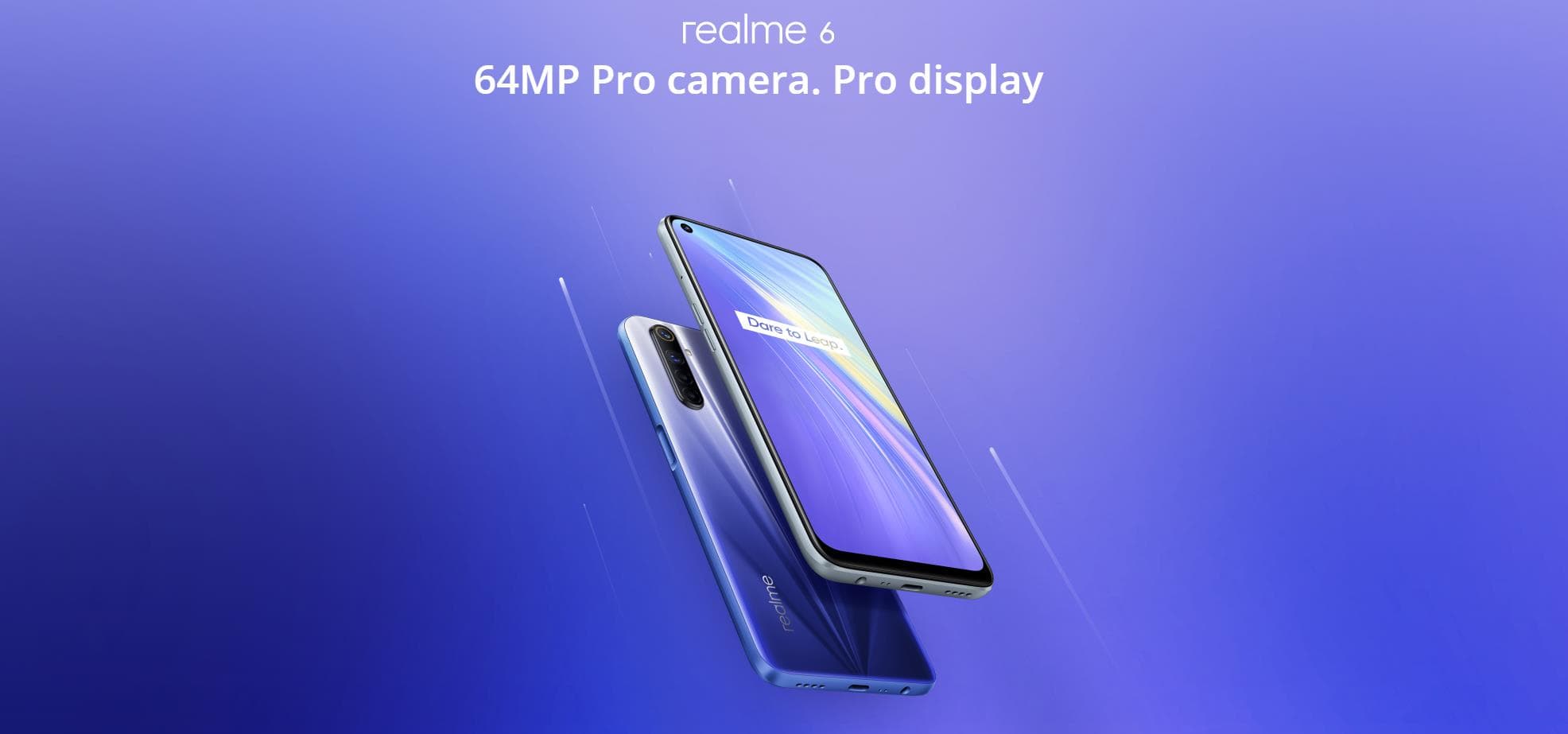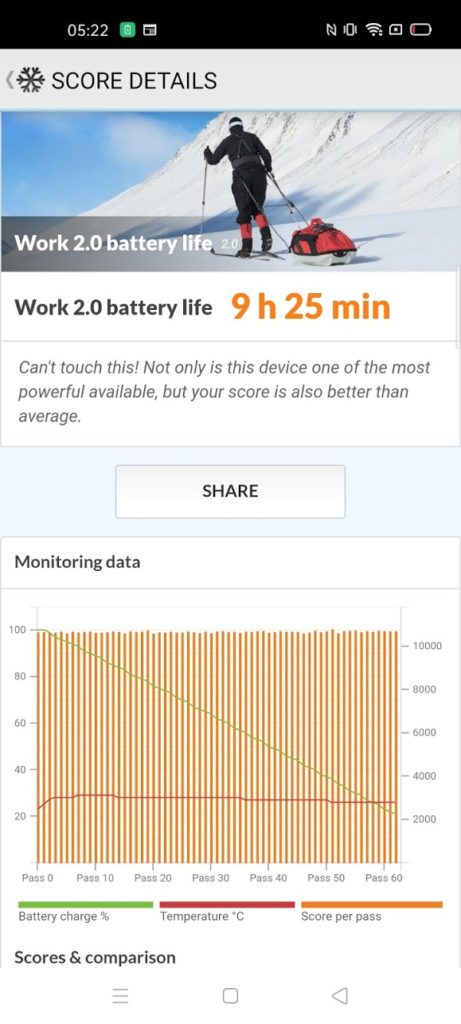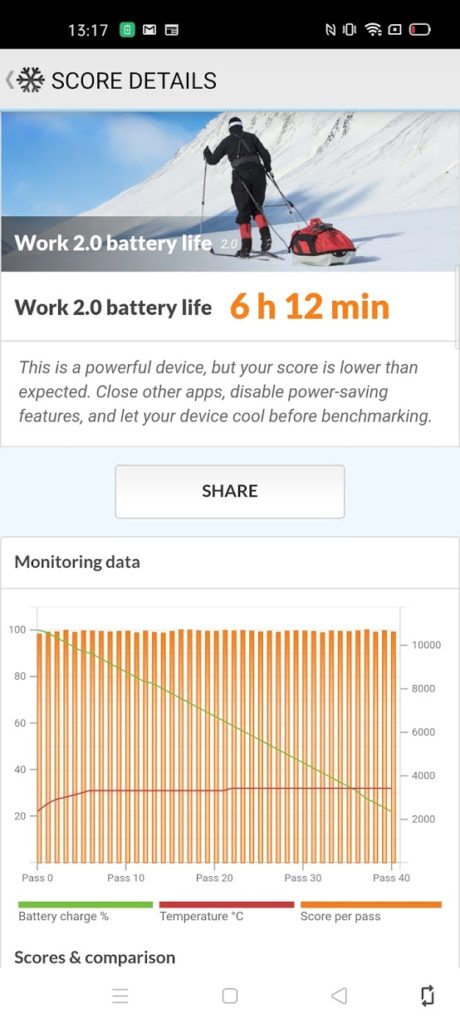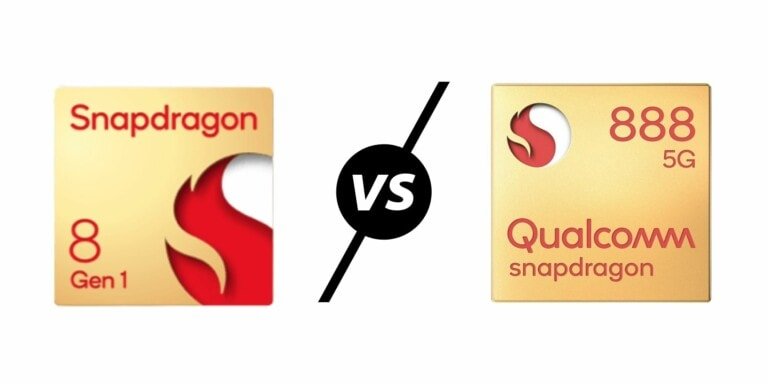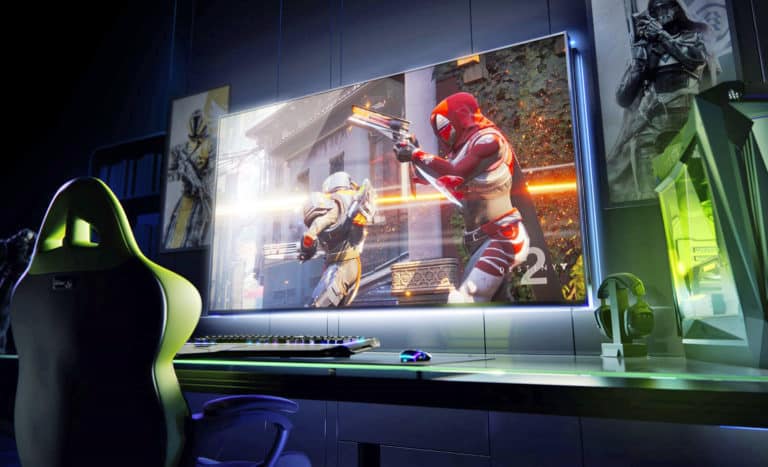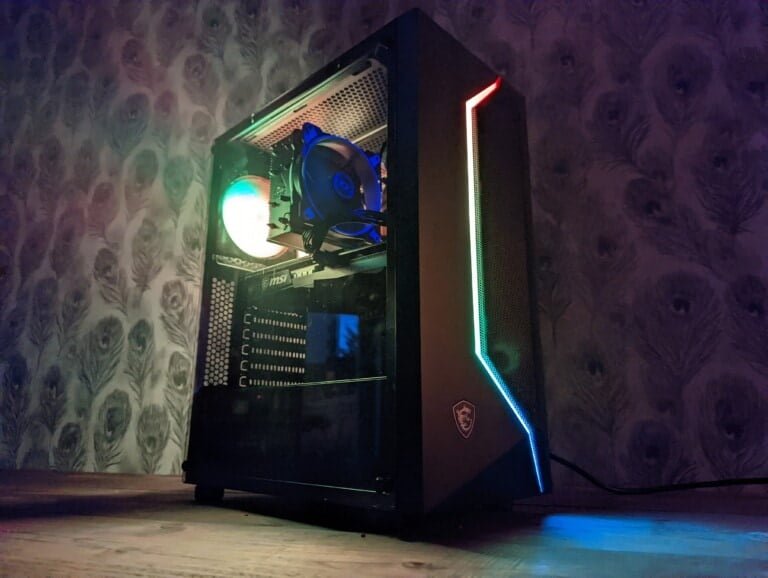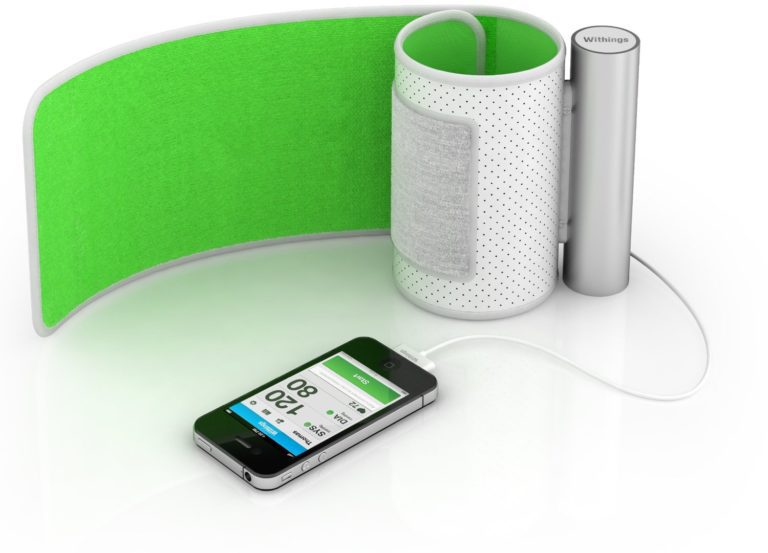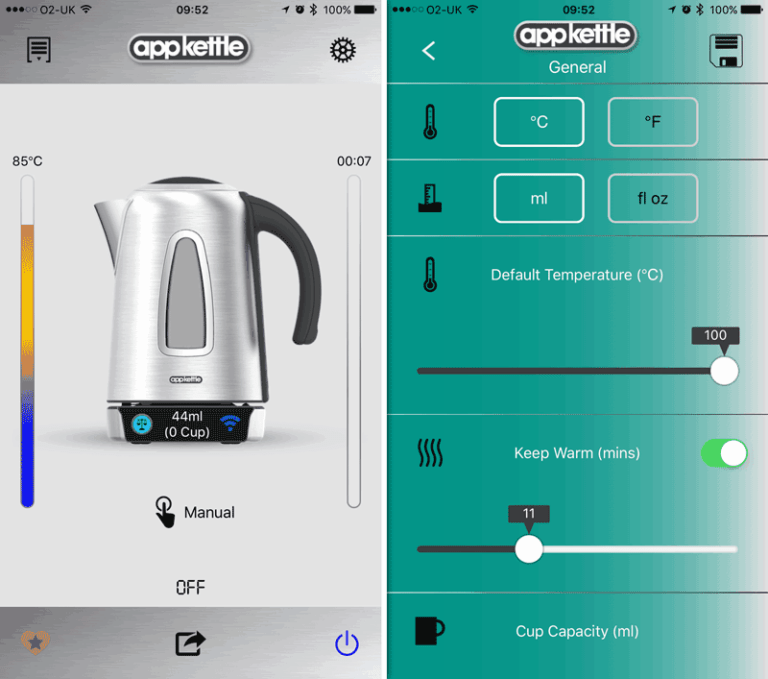Any links to online stores should be assumed to be affiliates. The company or PR agency provides all or most review samples. They have no control over my content, and I provide my honest opinion.
Following on from my Realme 6 Pro review, I have been using the more affordable Realme 6 in conjunction with the Pro model for the past couple of weeks.
In this challenging time, many of us will likely be looking to cut back on our costs, and skipping the latest flagship phone could be a wise idea, especially when Samsung, Huawei and Oppo all have phones well over £1k this year.
This year, premium features have trickled down significantly, both the Realme phones have high refresh rate screens, high specced cameras and chipsets that can comfortably handle everything you throw at them, including gaming.
Now is a perfect time to get out of your 2-yearly contract upgrades, buy SIM-free and dip your toe into the affordable segment of the market, saving you several hundreds of pounds.
| Preview | Product | Rating | Price | |
|---|---|---|---|---|

| realme 6-8GB+128GB, NFC, 6.5" Ultra smooth display, Sim... | Buy on Amazon |
Specification
- Display: 6.5 inch IPS 1080 x 2400 90Hz & 120Hz touch-sensing
- Chipset: Helio G90T
- RAM:4GB/6GB/ 8GB – my sample 8GB
- Storage: 64GB or 128GB – my sample 128GB
- Upgradable via microSD
- Rear Camera:
- 64 MP Wide
- 8 MP ultra-wide
- 2 MP macro
- 2 MP B/W depth sensor
- Front Camera:
- 16MP wide
- Battery: 4300 mAh with 30W charging
The main differences between this and the Pro model are:
- Helio G90T vs Snapdragon 720G (but they perform about the same)
- Lower base RAM
- No telephoto lens
- Included 2 MP B/W depth sensor
- No 8MP ultra-wide selfie
- Plastic back instead of glass black
- Fractionally smaller display 6.5-inch vs 6.6-inch (same spec though)
- Bluetooth 5.0 instead of 5.1
- No NavIC GPS (only works in and around India)
Design and Display
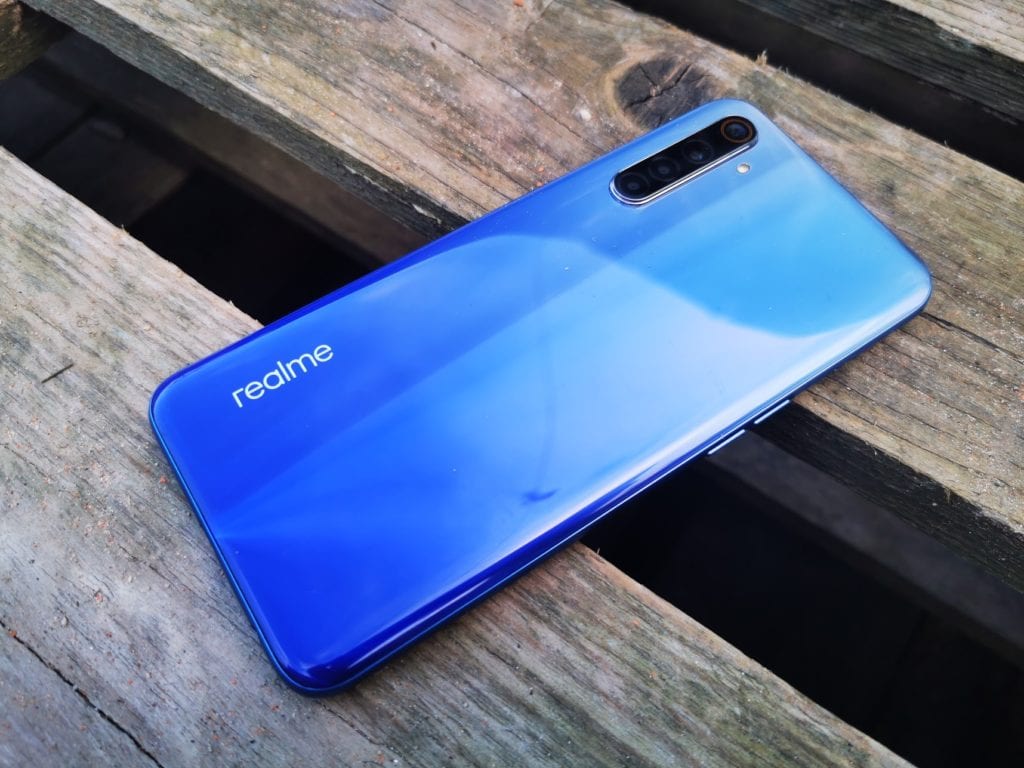

At first glance, you wouldn’t tell the difference between this and the Pro model. Both look suitably premium, my sample came in Comet blue, which is a sort of two-tone metallic blue, whereas my pro model came in Lightenight Blue, which has a lightning-shaped shimmer down the centre. The Pro model does look a bit more impressive, but look fantastic though.
This uses a plastic black gives a slight weight difference and not feeling quite as premium. I quite often pick up one phone and forget which one it is, so the difference is negligible.
While the display is a touch smaller than the Pro model they have the same spec, using an IPS panel running at 1080 x 2400 with a 90Hz refresh rate and 120Hz touch sensing.
They seem to perform the same too; the 90Hz refresh rate gives a buttery smooth experience with no noticeable lag in responsiveness. Being in the UK in March, also during a lockdown, my ability to test the phone outside in sunshine has been limited, but on the one sunny day I got out I experienced no problems with the screen brightness.
Fingerprint Scanner and Facial Recognition
For biometric security, performance is identical to the Pro model, from what I can tell. The fingerprint scanner will have the same issues for left-handed people, you will have to adjust your grip to wrap around more so you can unlock it with your index finger. For the 90% of people that are right-handed, the side-mounted scanner should pose no problems.
Facial recognition appears to be excellent, quite often unlocking before I get the chance to use my finger.
Camera


The telephoto lens has been swapped out with a 2MP depth sensor, this, therefore, makes this camera perform almost identically apart from when you want to zoom in.
The 2x optical zoom on the Pro model is not a considerable zoom, so I would imagine most people would be happy living without it. Personally, even though it is a limited zoom, I like the versatility it offers.
Importantly you get the same 64MP Samsung GW1 primary sensor that pixel-bins images down to 16MP to improve image quality. Last year the Realme 5 had a 12MP lens whereas the Pro had a 48MP lens. So you are getting a significant bump in specs here.
Just like the Pro, in good conditions, performance is excellent, and superb if you consider the price of the phone.
The lack of optical zoom means things deteriorate quickly when zooming in.
Similarly, low light performance drops rapidly. With moderate light, the phones performs perfectly well, but very low light conditions things suffer. The difference between a normal photo and night mode does not appear to be that significant either. Under exceptionally low light the Pro model seems to perform better, and neither phone comes close to the Huawei P30 Pro (which costs 3 to 4 times as much).
The below shots were with no light outside and one kitchen light on, then the second shot with no kitchen lights on. The skull was hard for me to see myself, and the phone screen showed nothing but black.
Camera Samples
%22%20transform%3D%22matrix(4%200%200%204%202%202)%22%20fill-opacity%3D%22.5%22%3E%3Cellipse%20fill%3D%22%23eceaff%22%20rx%3D%221%22%20ry%3D%221%22%20transform%3D%22matrix(-120.98246%208.17436%20-4.3119%20-63.817%2088.5%2021)%22%2F%3E%3Cellipse%20fill%3D%22%231c3000%22%20rx%3D%221%22%20ry%3D%221%22%20transform%3D%22matrix(-30.07863%2081.29854%20-97.33924%20-36.01333%20242.2%20164)%22%2F%3E%3Cellipse%20fill%3D%22%233d3c4c%22%20rx%3D%221%22%20ry%3D%221%22%20transform%3D%22rotate(-41.8%20218.2%2052.3)%20scale(67.5691%2061.55332)%22%2F%3E%3Cellipse%20fill%3D%22%23354000%22%20cx%3D%22244%22%20cy%3D%22158%22%20rx%3D%2270%22%20ry%3D%2270%22%2F%3E%3C%2Fg%3E%3C%2Fsvg%3E)

Digital Zoom %22%20transform%3D%22matrix(4%200%200%204%202%202)%22%20fill-opacity%3D%22.5%22%3E%3Cellipse%20fill%3D%22%23e0dafc%22%20rx%3D%221%22%20ry%3D%221%22%20transform%3D%22matrix(-119.77205%2027.61874%20-15.01023%20-65.0937%20103.7%2017.1)%22%2F%3E%3Cellipse%20fill%3D%22%23152400%22%20cx%3D%22214%22%20cy%3D%22183%22%20rx%3D%22102%22%20ry%3D%22102%22%2F%3E%3Cellipse%20fill%3D%22%232d3300%22%20cx%3D%22241%22%20cy%3D%22171%22%20rx%3D%2286%22%20ry%3D%2286%22%2F%3E%3Cellipse%20fill%3D%22%2375811d%22%20rx%3D%221%22%20ry%3D%221%22%20transform%3D%22matrix(33.94763%20-53.2871%2022.27442%2014.19037%20133.7%20152.5)%22%2F%3E%3C%2Fg%3E%3C%2Fsvg%3E)

%22%20transform%3D%22matrix(4%200%200%204%202%202)%22%20fill-opacity%3D%22.5%22%3E%3Cpath%20fill%3D%22%23d7d7d7%22%20d%3D%22M147%20124L-16%200l287-2z%22%2F%3E%3Cellipse%20fill%3D%22%230a0a0a%22%20rx%3D%221%22%20ry%3D%221%22%20transform%3D%22rotate(-1%208557.9%20-3984.2)%20scale(226.97595%2040.3221)%22%2F%3E%3Cellipse%20fill%3D%22%23242424%22%20cx%3D%225%22%20cy%3D%22155%22%20rx%3D%22120%22%20ry%3D%2258%22%2F%3E%3Cellipse%20fill%3D%22%23dcdcdc%22%20rx%3D%221%22%20ry%3D%221%22%20transform%3D%22rotate(-111.7%2095%20-15)%20scale(28.8567%2037.62487)%22%2F%3E%3C%2Fg%3E%3C%2Fsvg%3E)

%22%20transform%3D%22matrix(4%200%200%204%202%202)%22%20fill-opacity%3D%22.5%22%3E%3Cellipse%20fill%3D%22%23535351%22%20rx%3D%221%22%20ry%3D%221%22%20transform%3D%22matrix(-43.7196%20-9.22174%2017.25796%20-81.81867%20144.6%2064.4)%22%2F%3E%3Cellipse%20fill%3D%22%23d7d7d5%22%20rx%3D%221%22%20ry%3D%221%22%20transform%3D%22matrix(-35.45847%2035.52649%20-70.12567%20-69.9914%2067.8%20166.6)%22%2F%3E%3Cellipse%20fill%3D%22%2371716f%22%20cx%3D%22216%22%20cy%3D%2223%22%20rx%3D%2250%22%20ry%3D%2250%22%2F%3E%3Cellipse%20fill%3D%22%23aeabbb%22%20cx%3D%2222%22%20cy%3D%2235%22%20rx%3D%2272%22%20ry%3D%2272%22%2F%3E%3C%2Fg%3E%3C%2Fsvg%3E)

%22%20transform%3D%22matrix(4%200%200%204%202%202)%22%20fill-opacity%3D%22.5%22%3E%3Cellipse%20fill%3D%22%23cacac9%22%20rx%3D%221%22%20ry%3D%221%22%20transform%3D%22matrix(-70.417%205.46927%20-4.34032%20-55.88178%2052%2091.9)%22%2F%3E%3Cellipse%20fill%3D%22%23171716%22%20rx%3D%221%22%20ry%3D%221%22%20transform%3D%22matrix(249.50835%20-32.19156%204.07098%2031.55309%20109%20187.2)%22%2F%3E%3Cellipse%20fill%3D%22%23535352%22%20cx%3D%22207%22%20cy%3D%2291%22%20rx%3D%2269%22%20ry%3D%2269%22%2F%3E%3Cellipse%20fill%3D%22%23939298%22%20rx%3D%221%22%20ry%3D%221%22%20transform%3D%22matrix(-16.26794%2049.97985%20-79.9629%20-26.02712%2072.3%2033.2)%22%2F%3E%3C%2Fg%3E%3C%2Fsvg%3E)
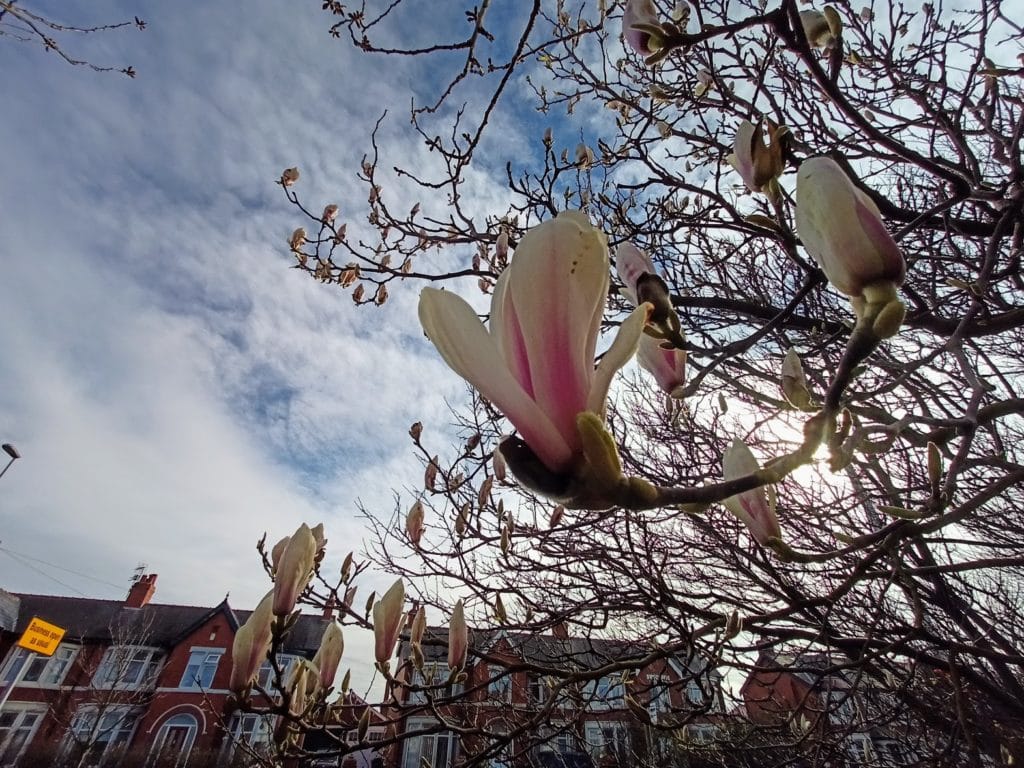
%27%20fill-opacity%3D%27.5%27%3E%3Cellipse%20fill%3D%22%232b2b2b%22%20fill-opacity%3D%22.5%22%20rx%3D%221%22%20ry%3D%221%22%20transform%3D%22matrix(-48.04603%20278.41969%20-793.37788%20-136.91078%20438.1%20707.1)%22%2F%3E%3Cellipse%20fill%3D%22%23dadadb%22%20fill-opacity%3D%22.5%22%20rx%3D%221%22%20ry%3D%221%22%20transform%3D%22rotate(102.3%20269.7%20336)%20scale(237.85392%20946.27385)%22%2F%3E%3Cellipse%20fill%3D%22%232a2a2a%22%20fill-opacity%3D%22.5%22%20rx%3D%221%22%20ry%3D%221%22%20transform%3D%22rotate(124.7%20120.4%20551)%20scale(185.51106%20279.57948)%22%2F%3E%3Cellipse%20fill%3D%22%23d0d0d0%22%20fill-opacity%3D%22.5%22%20rx%3D%221%22%20ry%3D%221%22%20transform%3D%22matrix(-437.86778%2025.85731%20-10.70674%20-181.3079%20848.4%2098.9)%22%2F%3E%3C%2Fg%3E%3C%2Fsvg%3E)
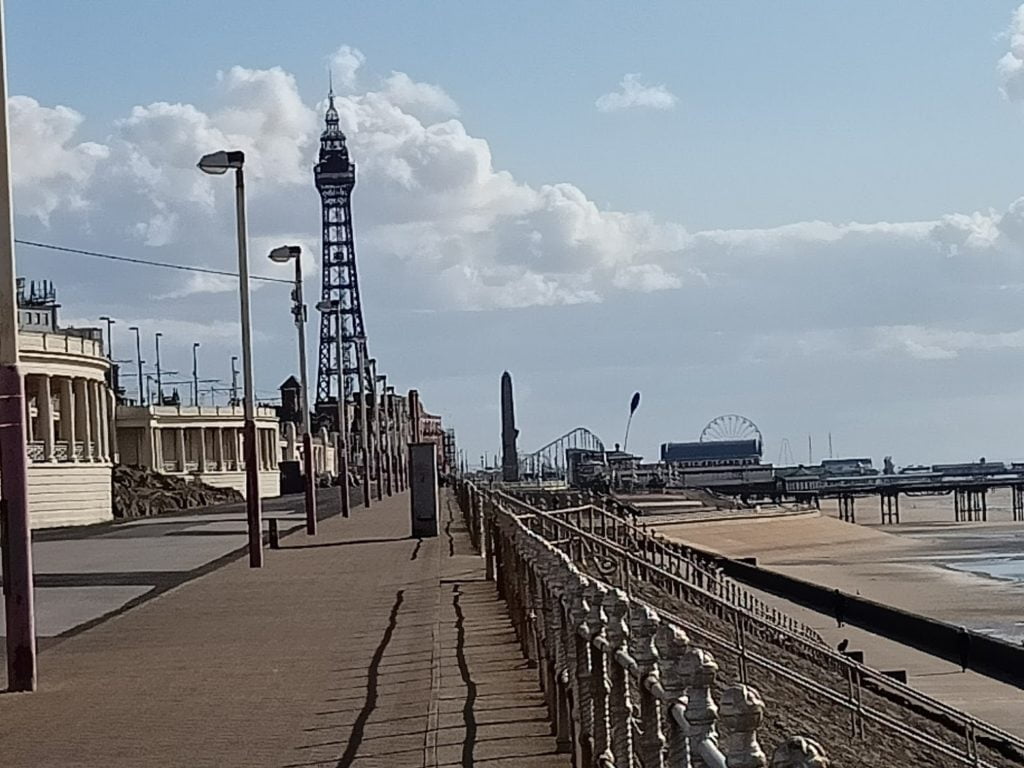
Digital Zoom %22%20transform%3D%22matrix(4%200%200%204%202%202)%22%20fill-opacity%3D%22.5%22%3E%3Cellipse%20fill%3D%22%23d2fcff%22%20cx%3D%2221%22%20cy%3D%2250%22%20rx%3D%22108%22%20ry%3D%2259%22%2F%3E%3Cellipse%20fill%3D%22%234a382b%22%20rx%3D%221%22%20ry%3D%221%22%20transform%3D%22matrix(-236.9288%2094.28542%20-22.06717%20-55.45234%20167.2%20166)%22%2F%3E%3Cellipse%20fill%3D%22%232986d1%22%20rx%3D%221%22%20ry%3D%221%22%20transform%3D%22matrix(106.92321%20-4.16779%202.84935%2073.09907%20170%200)%22%2F%3E%3Cellipse%20fill%3D%22%23b9ebff%22%20cy%3D%2235%22%20rx%3D%2285%22%20ry%3D%2239%22%2F%3E%3C%2Fg%3E%3C%2Fsvg%3E)

%22%20transform%3D%22matrix(4%200%200%204%202%202)%22%20fill-opacity%3D%22.5%22%3E%3Cellipse%20fill%3D%22%23c8e0fc%22%20rx%3D%221%22%20ry%3D%221%22%20transform%3D%22rotate(-1.9%20729.5%20-3791.2)%20scale(255%2040.30315)%22%2F%3E%3Cellipse%20fill%3D%22%23413c37%22%20rx%3D%221%22%20ry%3D%221%22%20transform%3D%22matrix(-148.5059%20-3.91944%202.51957%20-95.46537%20223.3%20173.5)%22%2F%3E%3Cellipse%20fill%3D%22%234daef8%22%20cx%3D%22205%22%20cy%3D%222%22%20rx%3D%2293%22%20ry%3D%2232%22%2F%3E%3Cellipse%20fill%3D%22%2374706b%22%20rx%3D%221%22%20ry%3D%221%22%20transform%3D%22rotate(29%20-218.5%20215.7)%20scale(48.95413%20102.69373)%22%2F%3E%3C%2Fg%3E%3C%2Fsvg%3E)
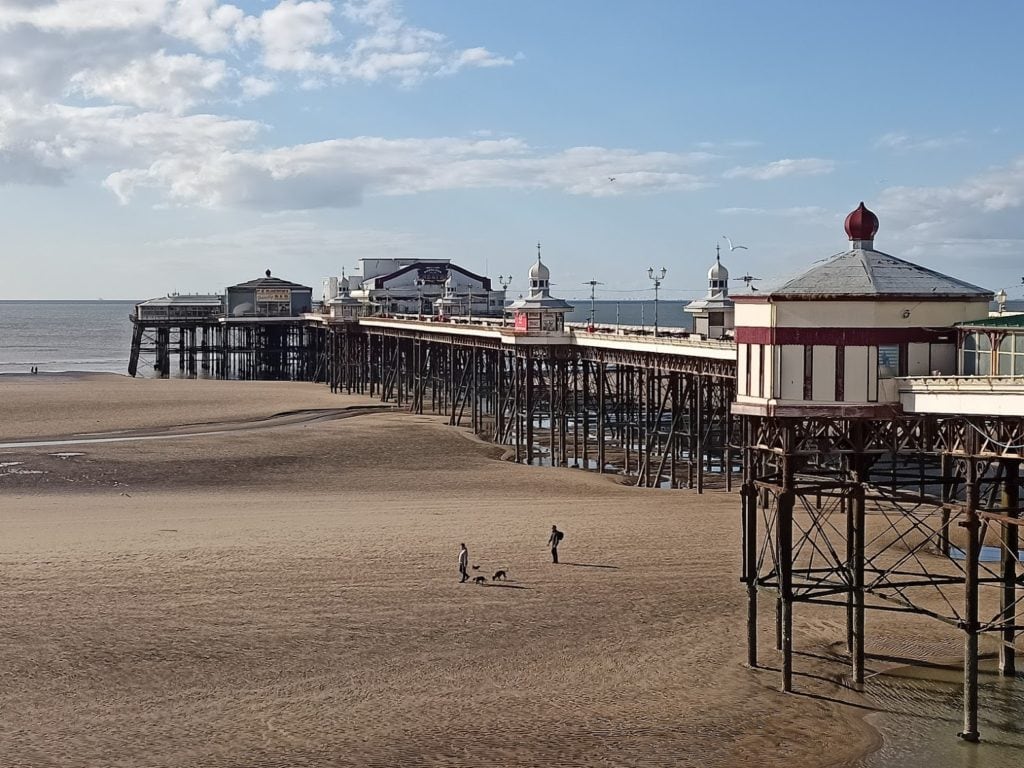
%27%20fill-opacity%3D%27.5%27%3E%3Cellipse%20fill%3D%22%23c39f9a%22%20fill-opacity%3D%22.5%22%20rx%3D%221%22%20ry%3D%221%22%20transform%3D%22matrix(-332.66737%20159.17338%20-79.78223%20-166.74236%20796%20541.5)%22%2F%3E%3Cellipse%20fill%3D%22%23003374%22%20fill-opacity%3D%22.5%22%20rx%3D%221%22%20ry%3D%221%22%20transform%3D%22matrix(16.34677%20164.48356%20-981.59512%2097.55329%20448.4%20110.4)%22%2F%3E%3Cellipse%20fill%3D%22%237b5143%22%20fill-opacity%3D%22.5%22%20rx%3D%221%22%20ry%3D%221%22%20transform%3D%22matrix(-918.4476%20-67.97733%2010.77842%20-145.6282%20335.6%20720.7)%22%2F%3E%3Cellipse%20fill%3D%22%23378dd3%22%20fill-opacity%3D%22.5%22%20rx%3D%221%22%20ry%3D%221%22%20transform%3D%22matrix(2.42135%20-108.61474%20312.21933%206.96031%20944.8%20320.2)%22%2F%3E%3C%2Fg%3E%3C%2Fsvg%3E)

%22%20transform%3D%22matrix(4%200%200%204%202%202)%22%20fill-opacity%3D%22.5%22%3E%3Cellipse%20fill%3D%22%230035ae%22%20rx%3D%221%22%20ry%3D%221%22%20transform%3D%22rotate(175.4%2032.3%2015)%20scale(98.88183%2066.80868)%22%2F%3E%3Cellipse%20fill%3D%22%2381c8f4%22%20rx%3D%221%22%20ry%3D%221%22%20transform%3D%22matrix(-41.47541%2064.54364%20-44.28226%20-28.45555%20229.4%2050.8)%22%2F%3E%3Cellipse%20fill%3D%22%23a28767%22%20rx%3D%221%22%20ry%3D%221%22%20transform%3D%22matrix(1.97297%2062.78098%20-195.9519%206.15804%20150.6%20163.4)%22%2F%3E%3Cellipse%20fill%3D%22%230030a2%22%20cx%3D%2257%22%20cy%3D%2218%22%20rx%3D%2276%22%20ry%3D%2234%22%2F%3E%3C%2Fg%3E%3C%2Fsvg%3E)

%22%20transform%3D%22matrix(4%200%200%204%202%202)%22%20fill-opacity%3D%22.5%22%3E%3Cellipse%20fill%3D%22%23a3cbff%22%20rx%3D%221%22%20ry%3D%221%22%20transform%3D%22matrix(-5.90725%20-50.95461%20117.52487%20-13.62485%20190.2%2042.5)%22%2F%3E%3Cellipse%20fill%3D%22%232d2311%22%20cx%3D%2280%22%20cy%3D%22171%22%20rx%3D%22255%22%20ry%3D%2256%22%2F%3E%3Cellipse%20fill%3D%22%23426dc2%22%20rx%3D%221%22%20ry%3D%221%22%20transform%3D%22matrix(81.27064%202.69602%20-1.07159%2032.30265%2057.3%2016.8)%22%2F%3E%3Cellipse%20fill%3D%22%23877f72%22%20rx%3D%221%22%20ry%3D%221%22%20transform%3D%22matrix(-95.23246%205.88423%20-2.43478%20-39.40534%20124.1%20112.8)%22%2F%3E%3C%2Fg%3E%3C%2Fsvg%3E)
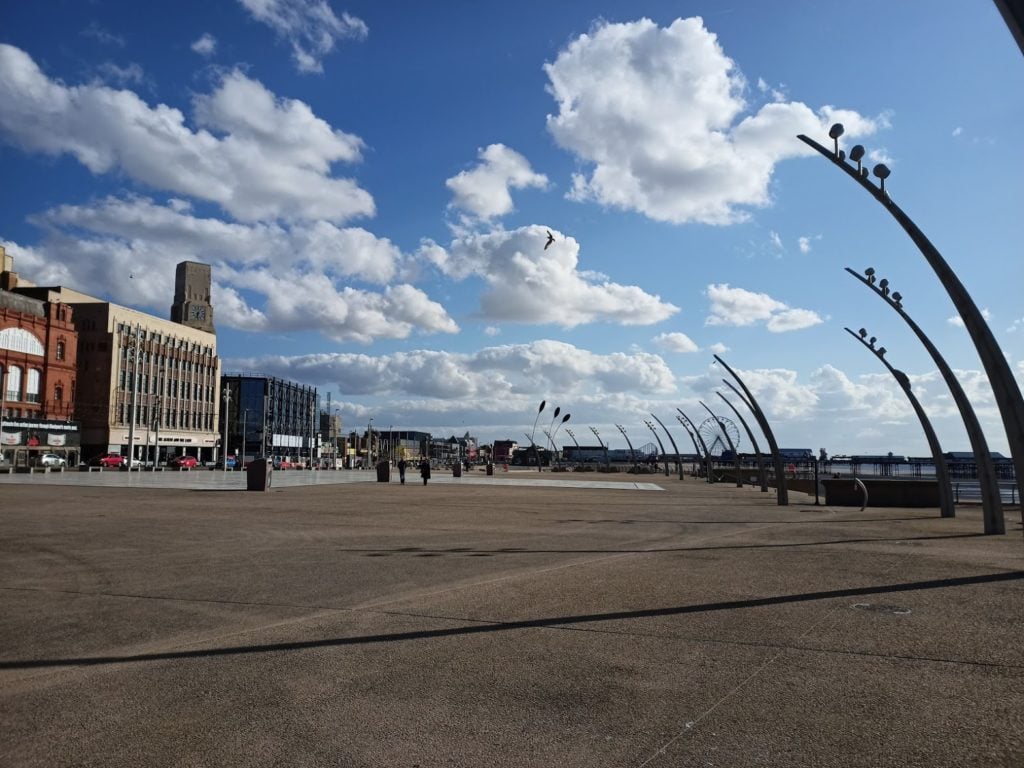
%22%20transform%3D%22matrix(4%200%200%204%202%202)%22%20fill-opacity%3D%22.5%22%3E%3Cellipse%20fill%3D%22%23a2d3ff%22%20rx%3D%221%22%20ry%3D%221%22%20transform%3D%22matrix(-15.833%20-41.9533%20102.46105%20-38.66838%20208.7%2031.5)%22%2F%3E%3Cellipse%20fill%3D%22%23190c00%22%20rx%3D%221%22%20ry%3D%221%22%20transform%3D%22matrix(14.48766%2045.64024%20-126.41387%2040.12779%20239.6%20156.3)%22%2F%3E%3Cellipse%20fill%3D%22%230457a1%22%20cx%3D%2290%22%20rx%3D%2282%22%20ry%3D%2265%22%2F%3E%3Cellipse%20fill%3D%22%23dab6c7%22%20rx%3D%221%22%20ry%3D%221%22%20transform%3D%22matrix(77.9502%20107.68398%20-30.7472%2022.25726%20245.8%2011.8)%22%2F%3E%3C%2Fg%3E%3C%2Fsvg%3E)
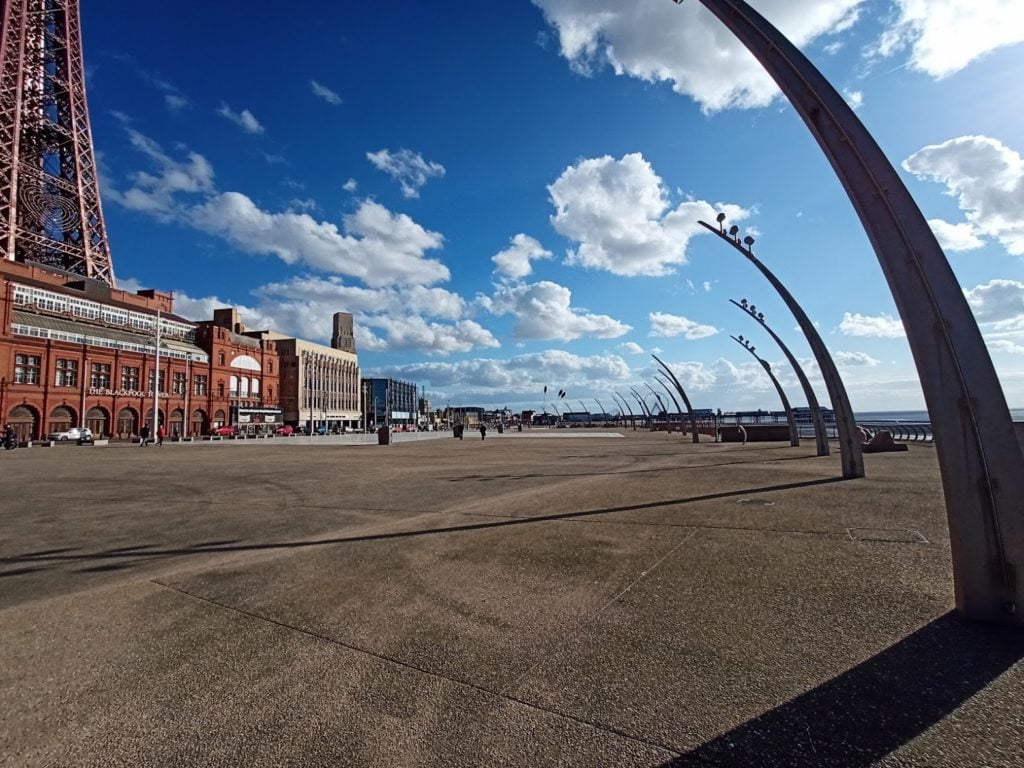
%22%20transform%3D%22matrix(4%200%200%204%202%202)%22%20fill-opacity%3D%22.5%22%3E%3Cellipse%20fill%3D%22%239990c5%22%20rx%3D%221%22%20ry%3D%221%22%20transform%3D%22matrix(-.10428%2029.87276%20-172.6125%20-.60253%20161.9%2012.7)%22%2F%3E%3Cellipse%20fill%3D%22%23465301%22%20rx%3D%221%22%20ry%3D%221%22%20transform%3D%22matrix(-65.10547%2047.65%20-24.641%20-33.66766%20214.6%20179.9)%22%2F%3E%3Cellipse%20fill%3D%22%23475402%22%20rx%3D%221%22%20ry%3D%221%22%20transform%3D%22rotate(106.1%20-64.8%2088.4)%20scale(33.19923%20144.34352)%22%2F%3E%3Cellipse%20fill%3D%22%23b3b3b3%22%20cx%3D%22181%22%20rx%3D%22114%22%20ry%3D%2218%22%2F%3E%3C%2Fg%3E%3C%2Fsvg%3E)
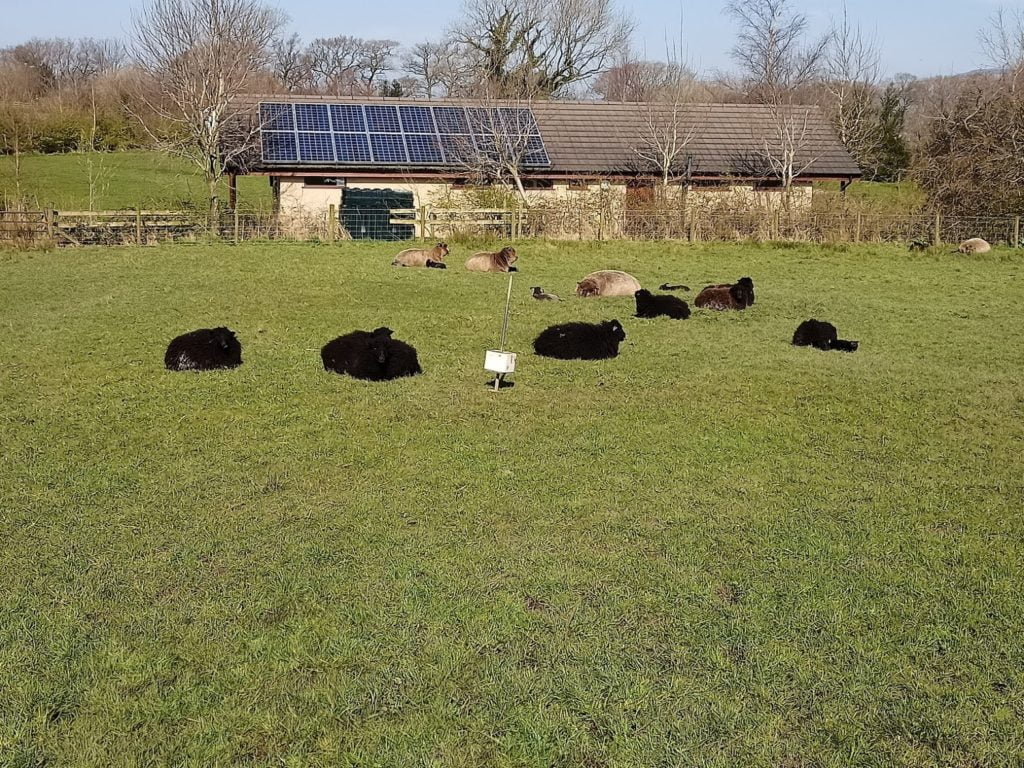
Digital Zoom %27%20fill-opacity%3D%27.5%27%3E%3Cellipse%20fill%3D%22%23a2c0ff%22%20fill-opacity%3D%22.5%22%20rx%3D%221%22%20ry%3D%221%22%20transform%3D%22matrix(1.7865%20275.88955%20-580.28281%203.75758%20561.6%202)%22%2F%3E%3Cellipse%20fill%3D%22%23484e00%22%20fill-opacity%3D%22.5%22%20rx%3D%221%22%20ry%3D%221%22%20transform%3D%22matrix(-11.07513%20267.00246%20-1019.12365%20-42.27275%20484.6%20561)%22%2F%3E%3Cellipse%20fill%3D%22%2372b7ff%22%20fill-opacity%3D%22.5%22%20rx%3D%221%22%20ry%3D%221%22%20transform%3D%22rotate(1.1%20110%2029639.7)%20scale(663.99073%20126.16809)%22%2F%3E%3Cellipse%20fill%3D%22%238e8366%22%20fill-opacity%3D%22.5%22%20rx%3D%221%22%20ry%3D%221%22%20transform%3D%22rotate(83.4%20182.6%20477.8)%20scale(103.24722%20403.18178)%22%2F%3E%3C%2Fg%3E%3C%2Fsvg%3E)
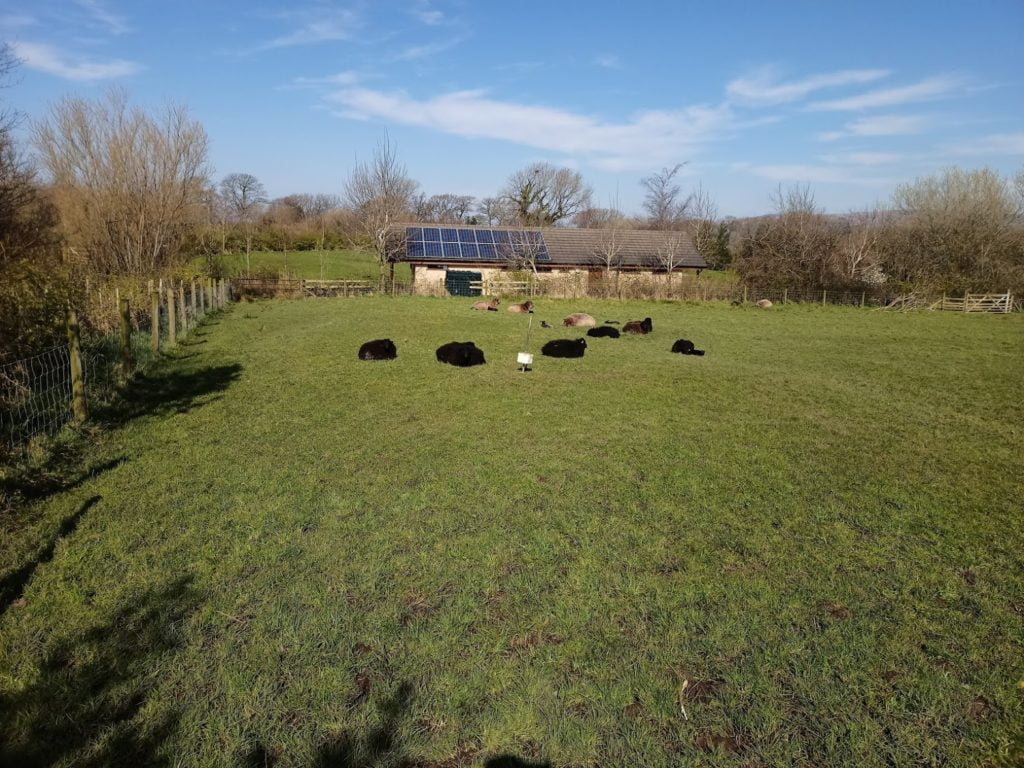
%27%20fill-opacity%3D%27.5%27%3E%3Cellipse%20fill%3D%22%23b2b1be%22%20fill-opacity%3D%22.5%22%20rx%3D%221%22%20ry%3D%221%22%20transform%3D%22matrix(21.4851%20-223.1313%20443.63337%2042.71704%20146%2082.3)%22%2F%3E%3Cellipse%20fill%3D%22%232f331f%22%20fill-opacity%3D%22.5%22%20rx%3D%221%22%20ry%3D%221%22%20transform%3D%22matrix(443.4444%20-257.3679%20126.20474%20217.45052%20813.4%20736)%22%2F%3E%3Cellipse%20fill%3D%22%23798d17%22%20fill-opacity%3D%22.5%22%20rx%3D%221%22%20ry%3D%221%22%20transform%3D%22matrix(-35.38506%20-103.5139%20282.66732%20-96.62663%2081.4%20437.7)%22%2F%3E%3Cellipse%20fill%3D%22%236e8010%22%20fill-opacity%3D%22.5%22%20rx%3D%221%22%20ry%3D%221%22%20transform%3D%22matrix(156.33488%20-1.45878%20.75394%2080.79817%20894.8%20475.5)%22%2F%3E%3C%2Fg%3E%3C%2Fsvg%3E)

%27%20fill-opacity%3D%27.5%27%3E%3Cellipse%20fill%3D%22%23a3aecf%22%20fill-opacity%3D%22.5%22%20rx%3D%221%22%20ry%3D%221%22%20transform%3D%22rotate(-98.5%20349.8%20-299.7)%20scale(149.16933%20481.36833)%22%2F%3E%3Cellipse%20fill%3D%22%232c2c28%22%20fill-opacity%3D%22.5%22%20rx%3D%221%22%20ry%3D%221%22%20transform%3D%22rotate(39.1%20-340%201505)%20scale(369.47539%20318.90515)%22%2F%3E%3Cellipse%20fill%3D%22%232e2d2b%22%20fill-opacity%3D%22.5%22%20rx%3D%221%22%20ry%3D%221%22%20transform%3D%22rotate(9.4%20-1999.5%20639.1)%20scale(192.76184%20258.98974)%22%2F%3E%3Cellipse%20fill%3D%22%235476d7%22%20fill-opacity%3D%22.5%22%20rx%3D%221%22%20ry%3D%221%22%20transform%3D%22rotate(-162.2%20420%20-64.8)%20scale(250.84336%20100.11236)%22%2F%3E%3C%2Fg%3E%3C%2Fsvg%3E)

%27%20fill-opacity%3D%27.5%27%3E%3Cellipse%20fill%3D%22%23232324%22%20fill-opacity%3D%22.5%22%20rx%3D%221%22%20ry%3D%221%22%20transform%3D%22matrix(23.76248%20145.20754%20-428.88523%2070.1849%20144.7%20415.5)%22%2F%3E%3Cellipse%20fill%3D%22%239c9c9b%22%20fill-opacity%3D%22.5%22%20rx%3D%221%22%20ry%3D%221%22%20transform%3D%22matrix(-183.82798%20131.5494%20-81.05873%20-113.27198%20948.8%2077.7)%22%2F%3E%3Cellipse%20fill%3D%22%239a9a9b%22%20fill-opacity%3D%22.5%22%20rx%3D%221%22%20ry%3D%221%22%20transform%3D%22rotate(77.6%20-395.3%20483.7)%20scale(111.36245%20353.17518)%22%2F%3E%3Cellipse%20fill%3D%22%239e9e9f%22%20fill-opacity%3D%22.5%22%20rx%3D%221%22%20ry%3D%221%22%20transform%3D%22matrix(173.77923%20-27.81756%2018.79203%20117.3958%20282.9%2049)%22%2F%3E%3C%2Fg%3E%3C%2Fsvg%3E)

%27%20fill-opacity%3D%27.5%27%3E%3Cellipse%20fill%3D%22%23c3c3c2%22%20fill-opacity%3D%22.5%22%20rx%3D%221%22%20ry%3D%221%22%20transform%3D%22matrix(-119.3922%20119.66869%20-356.12634%20-355.3035%202%20633)%22%2F%3E%3Cellipse%20fill%3D%22%23272728%22%20fill-opacity%3D%22.5%22%20rx%3D%221%22%20ry%3D%221%22%20transform%3D%22matrix(-61.60446%20146.95646%20-624.6131%20-261.83914%20769.5%20571.8)%22%2F%3E%3Cellipse%20fill%3D%22%23acaab9%22%20fill-opacity%3D%22.5%22%20rx%3D%221%22%20ry%3D%221%22%20transform%3D%22rotate(176.6%2096.5%2020)%20scale(278.76321%20134.2763)%22%2F%3E%3Cellipse%20fill%3D%22%239d9d9c%22%20fill-opacity%3D%22.5%22%20rx%3D%221%22%20ry%3D%221%22%20transform%3D%22matrix(-45.32992%20109.97862%20-275.4598%20-113.53633%20825.2%2020.6)%22%2F%3E%3C%2Fg%3E%3C%2Fsvg%3E)

%27%20fill-opacity%3D%27.5%27%3E%3Cellipse%20fill%3D%22%23fffcff%22%20fill-opacity%3D%22.5%22%20rx%3D%221%22%20ry%3D%221%22%20transform%3D%22matrix(-14.82544%20148.74352%20-1014.97093%20-101.16333%20673%2094.5)%22%2F%3E%3Cellipse%20fill%3D%22%232e3700%22%20fill-opacity%3D%22.5%22%20rx%3D%221%22%20ry%3D%221%22%20transform%3D%22rotate(-176.8%20267.6%20314.3)%20scale(688.10892%20317.41638)%22%2F%3E%3Cellipse%20fill%3D%22%23fff%22%20fill-opacity%3D%22.5%22%20rx%3D%221%22%20ry%3D%221%22%20transform%3D%22matrix(-296.75013%20-75.08933%2039.49252%20-156.07294%20879.2%2030.3)%22%2F%3E%3Cellipse%20fill%3D%22%23868491%22%20fill-opacity%3D%22.5%22%20rx%3D%221%22%20ry%3D%221%22%20transform%3D%22rotate(-164.9%20185.2%2059.2)%20scale(701.50416%2081.19467)%22%2F%3E%3C%2Fg%3E%3C%2Fsvg%3E)
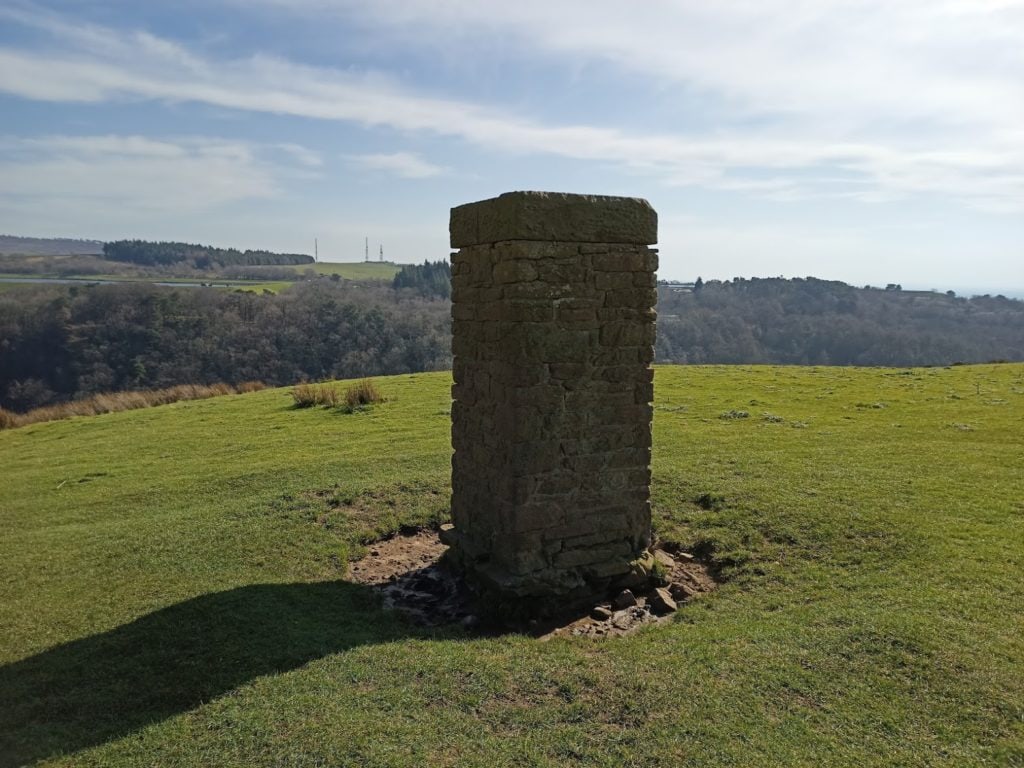
%27%20fill-opacity%3D%27.5%27%3E%3Cellipse%20fill%3D%22%23e0daff%22%20fill-opacity%3D%22.5%22%20rx%3D%221%22%20ry%3D%221%22%20transform%3D%22rotate(-85.7%20449.3%20-341.3)%20scale(159.24564%201020.00003)%22%2F%3E%3Cpath%20fill%3D%22%23293300%22%20fill-opacity%3D%22.5%22%20d%3D%22M551%20119l416%20573-618%20449-416.2-572.8z%22%2F%3E%3Cellipse%20fill%3D%22%23f4f5f1%22%20fill-opacity%3D%22.5%22%20rx%3D%221%22%20ry%3D%221%22%20transform%3D%22matrix(-39.79795%20290.5321%20-234.05875%20-32.06206%20963.3%2083.6)%22%2F%3E%3Cellipse%20fill%3D%22%23938db1%22%20fill-opacity%3D%22.5%22%20rx%3D%221%22%20ry%3D%221%22%20transform%3D%22rotate(-27.5%20478.7%20-371.8)%20scale(236.29196%20282.23317)%22%2F%3E%3C%2Fg%3E%3C%2Fsvg%3E)
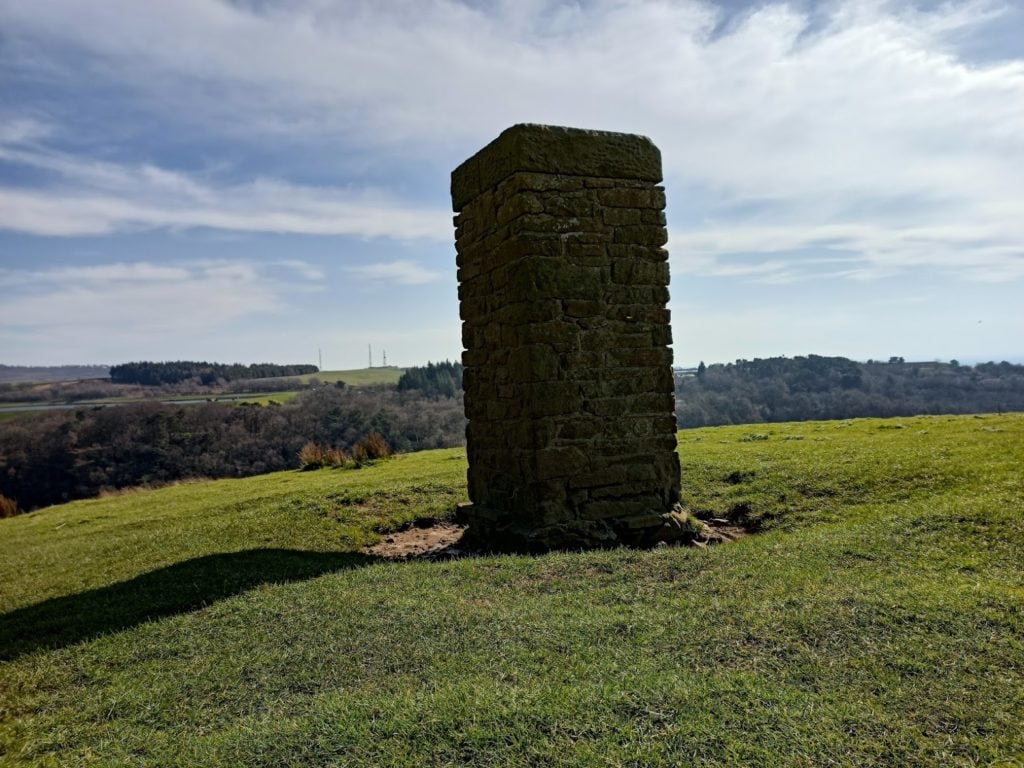
%27%20fill-opacity%3D%27.5%27%3E%3Cellipse%20fill%3D%22%23949290%22%20fill-opacity%3D%22.5%22%20rx%3D%221%22%20ry%3D%221%22%20transform%3D%22matrix(-18.67206%20258.7721%20-155.4291%20-11.2152%20497.8%20211.4)%22%2F%3E%3Cellipse%20fill%3D%22%2368a4f4%22%20fill-opacity%3D%22.5%22%20rx%3D%221%22%20ry%3D%221%22%20transform%3D%22matrix(-255.13658%2075.40937%20-46.44477%20-157.13908%2028.3%2022.7)%22%2F%3E%3Cellipse%20fill%3D%22%230e0c0a%22%20fill-opacity%3D%22.5%22%20rx%3D%221%22%20ry%3D%221%22%20transform%3D%22matrix(-22.82271%20191.39702%20-1012.8248%20-120.77205%20431.5%20639.7)%22%2F%3E%3Cpath%20fill%3D%22%230d0b09%22%20fill-opacity%3D%22.5%22%20d%3D%22M15.4%20470.7L-16%20273l276.5-43.8L292%20427z%22%2F%3E%3C%2Fg%3E%3C%2Fsvg%3E)
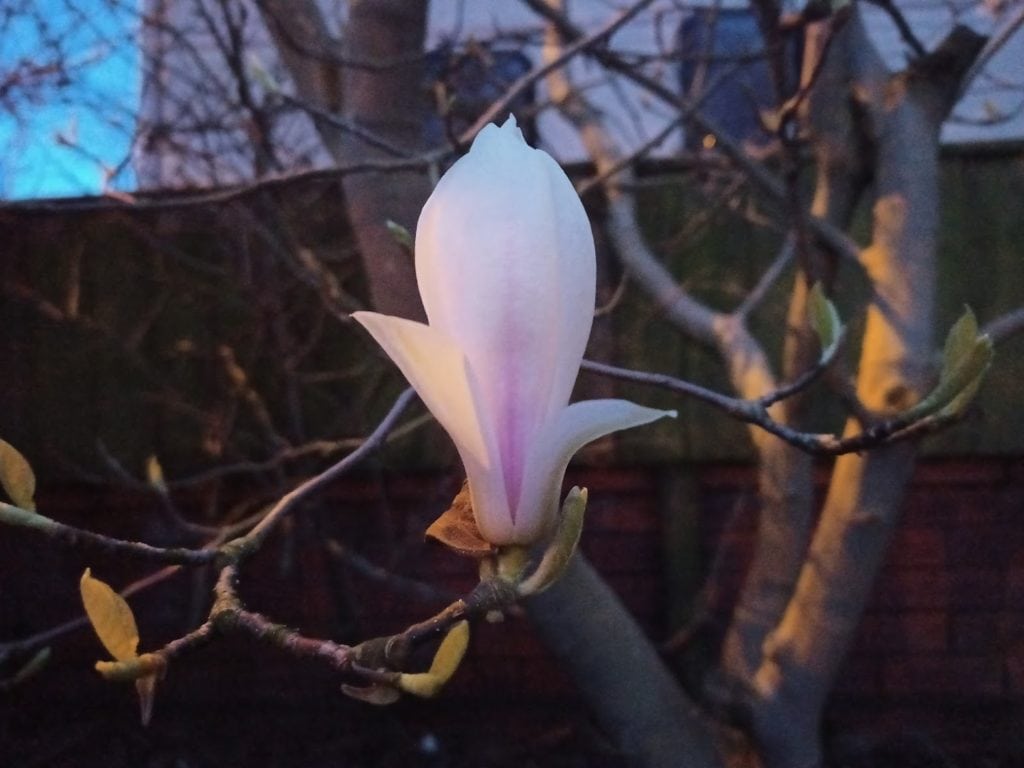
Low Light %27%20fill-opacity%3D%27.5%27%3E%3Cellipse%20fill%3D%22%23201f1d%22%20fill-opacity%3D%22.5%22%20rx%3D%221%22%20ry%3D%221%22%20transform%3D%22matrix(-151.15588%20169.88154%20-594.59687%20-529.05581%20224.6%20655.7)%22%2F%3E%3Cellipse%20fill%3D%22%239fa3aa%22%20fill-opacity%3D%22.5%22%20rx%3D%221%22%20ry%3D%221%22%20transform%3D%22matrix(-81.1515%20309.33109%20-542.16362%20-142.23396%20520%2077.8)%22%2F%3E%3Cellipse%20fill%3D%22%231a1917%22%20fill-opacity%3D%22.5%22%20rx%3D%221%22%20ry%3D%221%22%20transform%3D%22matrix(-93.22386%20-38.4241%2071.34726%20-173.10142%20950.3%20685.6)%22%2F%3E%3Cellipse%20fill%3D%22%2360b3ff%22%20fill-opacity%3D%22.5%22%20rx%3D%221%22%20ry%3D%221%22%20transform%3D%22matrix(-60.35372%20-66.45277%20106.57254%20-96.79129%2068.4%2071.2)%22%2F%3E%3C%2Fg%3E%3C%2Fsvg%3E)

Night mode
Low light samples
Realme 6 Low Light Shots
%22%20transform%3D%22matrix(4%200%200%204%202%202)%22%20fill-opacity%3D%22.5%22%3E%3Cellipse%20fill%3D%22%23edfae3%22%20rx%3D%221%22%20ry%3D%221%22%20transform%3D%22matrix(-69.048%20-8.32568%2016.59564%20-137.63395%2022%2096.6)%22%2F%3E%3Cellipse%20fill%3D%22%23463926%22%20rx%3D%221%22%20ry%3D%221%22%20transform%3D%22matrix(-64.35512%20-83.2658%2091.3341%20-70.59101%20226.3%2093.1)%22%2F%3E%3Cellipse%20fill%3D%22%23ae6817%22%20cx%3D%22174%22%20cy%3D%22169%22%20rx%3D%22103%22%20ry%3D%2246%22%2F%3E%3Cellipse%20fill%3D%22%23d6c96f%22%20rx%3D%221%22%20ry%3D%221%22%20transform%3D%22matrix(-21.0083%20-40.87773%2056.38384%20-28.97736%2051.4%20168.2)%22%2F%3E%3C%2Fg%3E%3C%2Fsvg%3E)

1 light, normal photo %27%20fill-opacity%3D%27.5%27%3E%3Cellipse%20fill%3D%22%23faefde%22%20fill-opacity%3D%22.5%22%20rx%3D%221%22%20ry%3D%221%22%20transform%3D%22matrix(233.70414%20-3.10853%206.43422%20483.7338%20126.4%20405.6)%22%2F%3E%3Cellipse%20fill%3D%22%237e624c%22%20fill-opacity%3D%22.5%22%20rx%3D%221%22%20ry%3D%221%22%20transform%3D%22rotate(100.8%20308.9%20592.4)%20scale(395.99806%20514.15029)%22%2F%3E%3Cellipse%20fill%3D%22%23e38943%22%20fill-opacity%3D%22.5%22%20rx%3D%221%22%20ry%3D%221%22%20transform%3D%22matrix(-70.27215%20-246.6923%20838.31136%20-238.79927%20345.6%20753.1)%22%2F%3E%3Cpath%20fill%3D%22%23728b9e%22%20fill-opacity%3D%22.5%22%20d%3D%22M336.8%2018.7L1087-33.7l28.2%20403L365%20421.7z%22%2F%3E%3C%2Fg%3E%3C%2Fsvg%3E)

1 light, night mode %22%20transform%3D%22matrix(4%200%200%204%202%202)%22%20fill%3D%22%23010101%22%20fill-opacity%3D%22.5%22%3E%3Cpath%20d%3D%22M74%2050l9-14-26%2022z%22%2F%3E%3Cellipse%20cx%3D%22232%22%20cy%3D%2267%22%20rx%3D%2227%22%20ry%3D%223%22%2F%3E%3Cellipse%20cx%3D%227%22%20cy%3D%2215%22%20rx%3D%2211%22%20ry%3D%224%22%2F%3E%3Cpath%20d%3D%22M250%2054l-11-6%2015-1z%22%2F%3E%3C%2Fg%3E%3C%2Fsvg%3E)

Pitch black, night mode
Realme 6 Pro Low Light Shots
%27%20fill-opacity%3D%27.5%27%3E%3Cellipse%20fill%3D%22%23edefd4%22%20fill-opacity%3D%22.5%22%20rx%3D%221%22%20ry%3D%221%22%20transform%3D%22matrix(-192.7613%208.24898%20-20.11826%20-470.12112%20104.2%20393.5)%22%2F%3E%3Cellipse%20fill%3D%22%23845821%22%20fill-opacity%3D%22.5%22%20rx%3D%221%22%20ry%3D%221%22%20transform%3D%22matrix(90.24762%20-203.65533%20414.52683%20183.693%20790.8%20537)%22%2F%3E%3Cellipse%20fill%3D%22%23566e7e%22%20fill-opacity%3D%22.5%22%20rx%3D%221%22%20ry%3D%221%22%20transform%3D%22matrix(-347.16757%20157.37452%20-93.23266%20-205.67088%20727.7%20202.5)%22%2F%3E%3Cellipse%20fill%3D%22%23e1884f%22%20fill-opacity%3D%22.5%22%20rx%3D%221%22%20ry%3D%221%22%20transform%3D%22rotate(-95.1%20599%2073.1)%20scale(152.79048%20594.66487)%22%2F%3E%3C%2Fg%3E%3C%2Fsvg%3E)

1 light, normal photo %27%20fill-opacity%3D%27.5%27%3E%3Cellipse%20fill%3D%22%23edefd3%22%20fill-opacity%3D%22.5%22%20rx%3D%221%22%20ry%3D%221%22%20transform%3D%22matrix(-48.39147%20-497.51893%20243.35538%20-23.6701%2054.1%20374.1)%22%2F%3E%3Cellipse%20fill%3D%22%23825926%22%20fill-opacity%3D%22.5%22%20rx%3D%221%22%20ry%3D%221%22%20transform%3D%22matrix(374.64088%20184.87453%20-104.5698%20211.90653%20755.5%20514)%22%2F%3E%3Cellipse%20fill%3D%22%23597080%22%20fill-opacity%3D%22.5%22%20rx%3D%221%22%20ry%3D%221%22%20transform%3D%22matrix(396.27087%20-171.40484%2091.72123%20212.05031%20758.6%20190.8)%22%2F%3E%3Cellipse%20fill%3D%22%23df854c%22%20fill-opacity%3D%22.5%22%20rx%3D%221%22%20ry%3D%221%22%20transform%3D%22rotate(81.6%20-58.7%20738.5)%20scale(193.23913%20812.46924)%22%2F%3E%3C%2Fg%3E%3C%2Fsvg%3E)

1 light, night mode %22%20transform%3D%22matrix(4%200%200%204%202%202)%22%20fill-opacity%3D%22.5%22%3E%3Cellipse%20cy%3D%22174%22%20rx%3D%2272%22%20ry%3D%2272%22%2F%3E%3Cellipse%20rx%3D%221%22%20ry%3D%221%22%20transform%3D%22matrix(-5.9476%20-30.03755%2075.58189%20-14.96562%20221.1%20170)%22%2F%3E%3Cellipse%20fill%3D%22%23272727%22%20cx%3D%22131%22%20cy%3D%2260%22%20rx%3D%22106%22%20ry%3D%22106%22%2F%3E%3Cellipse%20cx%3D%229%22%20cy%3D%2293%22%20rx%3D%2212%22%20ry%3D%22255%22%2F%3E%3C%2Fg%3E%3C%2Fsvg%3E)

Pitch black, night mode
Huawei P30 Pro Low Light Shots
%27%20fill-opacity%3D%27.5%27%3E%3Cellipse%20fill%3D%22%23eaffed%22%20fill-opacity%3D%22.5%22%20rx%3D%221%22%20ry%3D%221%22%20transform%3D%22matrix(-239.88939%20-49.58658%2094.26676%20-456.04263%20110.6%20378.6)%22%2F%3E%3Cellipse%20fill%3D%22%234f2e18%22%20fill-opacity%3D%22.5%22%20rx%3D%221%22%20ry%3D%221%22%20transform%3D%22matrix(29.02766%20-415.11487%20437.19911%2030.57194%20882.9%20397.6)%22%2F%3E%3Cellipse%20fill%3D%22%23d6a951%22%20fill-opacity%3D%22.5%22%20rx%3D%221%22%20ry%3D%221%22%20transform%3D%22matrix(-327.73725%20-73.37987%2049.07567%20-219.18716%20335%20728.3)%22%2F%3E%3Cellipse%20fill%3D%22%23a65013%22%20fill-opacity%3D%22.5%22%20rx%3D%221%22%20ry%3D%221%22%20transform%3D%22rotate(-98.7%20653.8%20-21.1)%20scale(208.48357%20369.04726)%22%2F%3E%3C%2Fg%3E%3C%2Fsvg%3E)

1 light on %22%20transform%3D%22matrix(4%200%200%204%202%202)%22%20fill-opacity%3D%22.5%22%3E%3Cellipse%20fill%3D%22%23a6939a%22%20rx%3D%221%22%20ry%3D%221%22%20transform%3D%22matrix(21.2705%2068.7139%20-49.39439%2015.29012%20218.3%2080)%22%2F%3E%3Cellipse%20fill%3D%22%231b2321%22%20rx%3D%221%22%20ry%3D%221%22%20transform%3D%22matrix(67.46809%2070.02217%20-27.17362%2026.18245%2028.2%20163)%22%2F%3E%3Cellipse%20fill%3D%22%231c2422%22%20cx%3D%22125%22%20cy%3D%2292%22%20rx%3D%2225%22%20ry%3D%2233%22%2F%3E%3Cellipse%20fill%3D%22%23b9446c%22%20rx%3D%221%22%20ry%3D%221%22%20transform%3D%22matrix(4.26603%2018.33218%20-84.0238%2019.55295%20176.2%20140.7)%22%2F%3E%3C%2Fg%3E%3C%2Fsvg%3E)

Pitch black, normal shot %22%20transform%3D%22matrix(4%200%200%204%202%202)%22%20fill-opacity%3D%22.5%22%3E%3Cellipse%20fill%3D%22%23811300%22%20rx%3D%221%22%20ry%3D%221%22%20transform%3D%22rotate(-142.4%2073.7%2050.5)%20scale(51.1891%2090.09512)%22%2F%3E%3Cpath%20fill%3D%22%23ca4934%22%20d%3D%22M253.1-30l34%20193L179%20182%20145-11z%22%2F%3E%3Cellipse%20fill%3D%22%23ca4934%22%20rx%3D%221%22%20ry%3D%221%22%20transform%3D%22rotate(13.5%20-206.7%20308.1)%20scale(33.17356%2058.00437)%22%2F%3E%3Cellipse%20fill%3D%22%238e0e00%22%20cy%3D%22142%22%20rx%3D%2259%22%20ry%3D%2259%22%2F%3E%3C%2Fg%3E%3C%2Fsvg%3E)

Huawei’s night mode produced a worse result than a normal photo
As for video you get support for 4K/30fps video recording and 1080P/30fps/60fps you also get UIS Video Stabilization. I will upload some sample footage soon (albeit limited to my front garden).
Performance and Benchmarks
%27%20fill-opacity%3D%27.5%27%3E%3Cellipse%20fill%3D%22%230010c5%22%20fill-opacity%3D%22.5%22%20rx%3D%221%22%20ry%3D%221%22%20transform%3D%22matrix(-439.39871%208.1137%20-3.47944%20-188.42957%20218.5%20128.2)%22%2F%3E%3Cellipse%20fill%3D%22%23fff%22%20fill-opacity%3D%22.5%22%20rx%3D%221%22%20ry%3D%221%22%20transform%3D%22matrix(59.36297%20362.50803%20-450.0062%2073.69134%20258%20706.8)%22%2F%3E%3Cellipse%20fill%3D%22%23fff%22%20fill-opacity%3D%22.5%22%20rx%3D%221%22%20ry%3D%221%22%20transform%3D%22rotate(-140.7%20336.5%20323.3)%20scale(364.66105%20456)%22%2F%3E%3Cellipse%20fill%3D%22%23135fd3%22%20fill-opacity%3D%22.5%22%20rx%3D%221%22%20ry%3D%221%22%20transform%3D%22rotate(.8%20-8325.4%2015460.8)%20scale(456%20142.90155)%22%2F%3E%3C%2Fg%3E%3C%2Fsvg%3E)
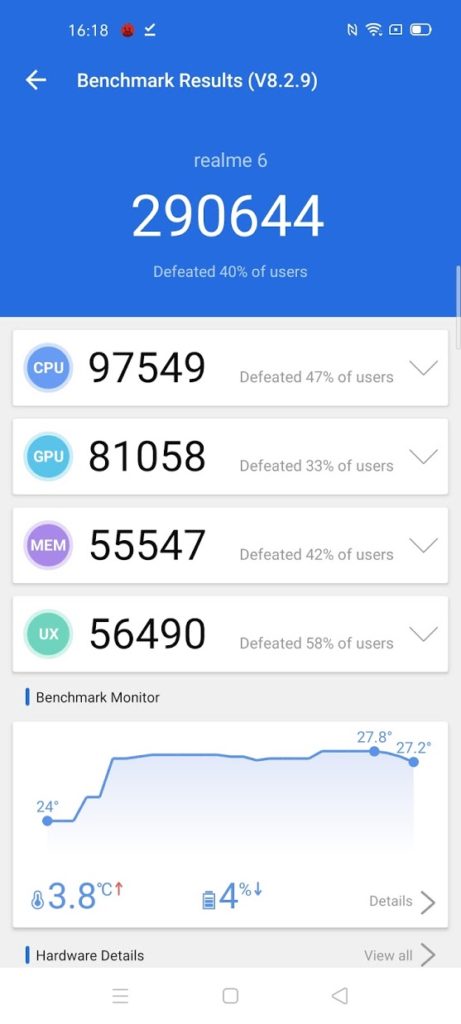
%22%20transform%3D%22matrix(4%200%200%204%202%202)%22%20fill-opacity%3D%22.5%22%3E%3Cellipse%20fill%3D%22%230031a0%22%20cx%3D%2252%22%20cy%3D%2219%22%20rx%3D%22114%22%20ry%3D%2227%22%2F%3E%3Cellipse%20fill%3D%22%23007dbf%22%20rx%3D%221%22%20ry%3D%221%22%20transform%3D%22matrix(113.96094%202.98417%20-.56285%2021.49428%2055%2016.4)%22%2F%3E%3Cellipse%20fill%3D%22%23fff%22%20rx%3D%221%22%20ry%3D%221%22%20transform%3D%22rotate(32.7%20-253.1%20186.2)%20scale(114)%22%2F%3E%3Cellipse%20fill%3D%22%230078c6%22%20cx%3D%2265%22%20cy%3D%228%22%20rx%3D%22114%22%20ry%3D%2224%22%2F%3E%3C%2Fg%3E%3C%2Fsvg%3E)
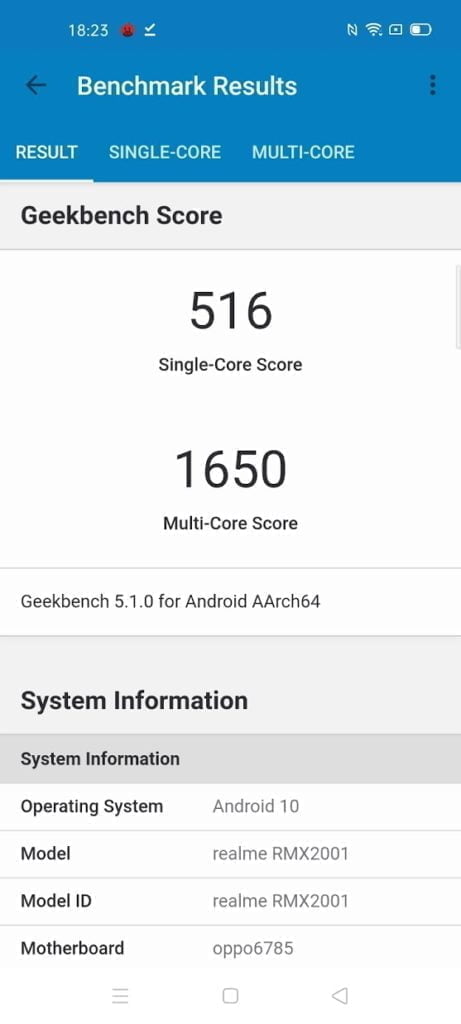
Realme 6 with Helio G90T %22%20transform%3D%22matrix(4%200%200%204%202%202)%22%20fill-opacity%3D%22.5%22%3E%3Cellipse%20fill%3D%22%23c8c8c8%22%20cx%3D%2244%22%20cy%3D%2210%22%20rx%3D%2228%22%20ry%3D%2218%22%2F%3E%3Cellipse%20fill%3D%22%23cecece%22%20cx%3D%2214%22%20cy%3D%2246%22%20rx%3D%2218%22%20ry%3D%2212%22%2F%3E%3Cellipse%20fill%3D%22%23cfcfcf%22%20rx%3D%221%22%20ry%3D%221%22%20transform%3D%22matrix(11.51638%20-10.43283%207.97217%208.80016%2022.1%20149.2)%22%2F%3E%3Cpath%20fill%3D%22%23cdcdcd%22%20d%3D%22M82.4%20159.3l-1.7-16.9%2016.9-1.7%201.7%2016.9z%22%2F%3E%3C%2Fg%3E%3C%2Fsvg%3E)
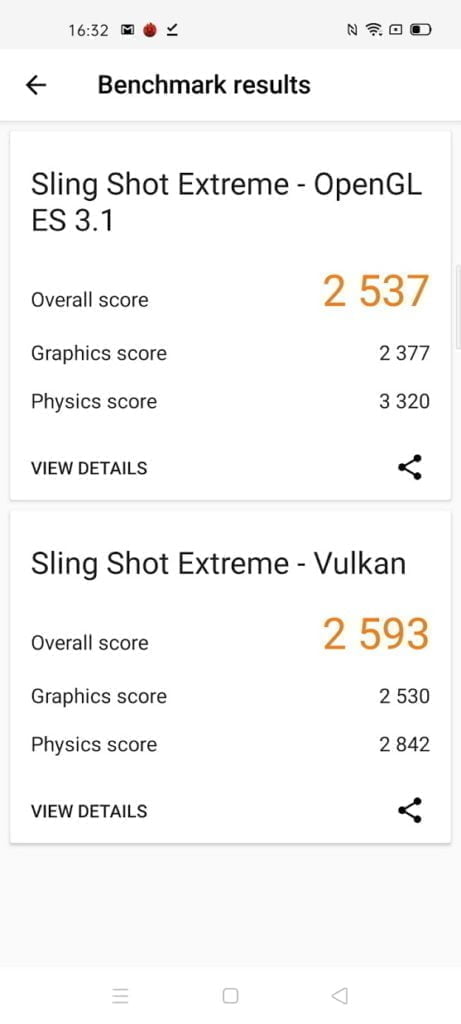
I was impressed with how much of a performance gain the Realme 6 Pro had over its predecessor, however, looking at the synthetic benchmarks of this phone and the performance uplift is astronomical.
The Realme 5 had a Qualcomm Snapdragon 665 which is a competent but very mid-range chipset; the Realme 6 has the Mediatek Helio G90T.
On the CPU side of things, the SD665 had 4x Coretex A73 cores with 4x Coretex A53. The Helio G90t has 2x 4x Coretex A76 cores with 4x Coretex A55. The GPU is less easy to compare as it switches from the Adreno 610 to the Mali-G76.
What all that means is that during my performance analysis of the Mediatek Helio G90T and Snapdragon 720G on the Realme 6 Pro, the Realme 6 had a 73% performance uplift in Antuntu compared to its predecessor.
The score of 290644 is higher than that achieved by the Realme 6 Pro with 282336.
In Geekbench the SD665 scored 316 and 1363 for single and multi-core respectively, the Realme 6 managed 516 and 1650 which represents an improvement of 63% and 21%.
Then in 3D Mark, the Slingshot Extreme OpenGL and Vulcan score were 1090 and 1061 for the SD665 and then 2537 and 2593 for the Helio G90T which is an incredible 132% and 144% improvement between the two phones.
So it is safe to say, for the price your paying, the Realme 6 offers incredible performance.
Battery
During my usage, I didn’t notice that much difference between the Realme 6 and Realme 6 Pro. Both phones can comfortably get to the end of the day with moderate to heavy use, I charge every night, so getting over days worth of use is not a huge concern for me.
They both have the same spec battery, but the Helio G90T uses a 12nm fabrication process vs 8nm, and this does appear to have a negative impact on efficiency.
Carrying out synthetic benchmarks using the PC Mark 2.0 battery test, this phone performed lower than the Pro model in the two tests I carried out.
The first was with everything set to max. Manually setting the screen to full brightness, using 90hz refresh rate and the standard screen profile.
With this setting, there was not a massive difference with this achieving 6 hours 12 minutes before hitting 20% compared to 6 hours 34 minutes.
Dialling the brightness down to 50%, reducing the refresh rate to 60Hz and enabling dark mode, the differences became more pronounced.
This phone managed 9 hours 25 minutes, while the Realme 6 Pro achieved an impressive 12h 6 min.
Software
Just like the Pro model, this uses the new Realme UI v1.0 whereas the older phones use ColorOS which you will also find on Oppo phones. At first, I forgot that Realme UI was a thing and assumed this phone was on ColorOS, it is only when I went into the settings did I notice.
From what I can tell, there is almost no difference between the two user interfaces. Realme UI is based on ColorOS and the official statement from Realme on their forums being:
“Realme’s own customised UI will sport all the new features from the much enhanced ColorOS 7 including system upgrades. Users will experience smoother gaming graphics, better RAM management and seamless video and vlogging experience along with more customisation options.”
As far as the UI goes, I don’t mind it, it takes a little getting used to, especially in the settings menu, but I come from Huawei who also mess around with where things are.
Just like the Pro model, this also has Yandex installed on it, but you can uninstall it if you wish.
Price and Competition
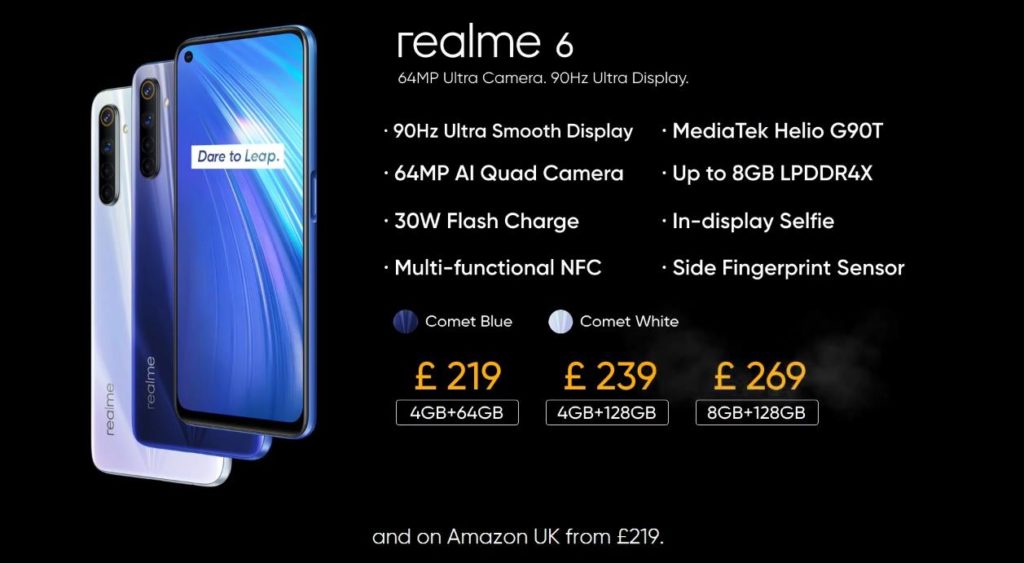

The Xiaomi Redmi Note 8 Pro is the most obvious competitor, currently priced at £239 on Amazon in the UK, it has the same chipset with an almost identical camera specification, same display size running at the same resolution. From the spec, there is very little difference between the two phones. The most significant difference would be the Realme runs the display at 90Hz with 120Hz touch-sensing, which does make a big difference with user experience.
The Xiaomi then has a notch, and a rear-mounted fingerprint scanner, functionally these make no difference, but aesthetically the Realme looks a bit nicer because of it.
| Preview | Product | Rating | Price | |
|---|---|---|---|---|
  | Xiaomi Redmi Note 8 Pro Dual SIM 128GB 6GB RAM Green | £236.09 | Buy on Amazon |
Beyond that, there is not really much competition. The Realme 6 Pro would be the obvious choice, giving you a better battery and a telephoto lens for a small increase in price.
The Realme 5 Pro could be a good option if you want to cut the cost further. That currently costs 183-Euros from Amazon.es which works out as £163
Overall
I have been a big fan of Realme in the past year, and impressed with all the phones I have reviewed from them. However, the Realme 5 was the weakest of the bunch being a significant downgrade from the 5 Pro with a lower specced chipset, camera, and a 720p display while only being £25 cheaper. Unless you were on a strict budget, there was little reason to choose it over the Realme 5 Pro.
With the Realme 6 series, things have completely changed. The screen spec is almost identical, the chipset performance is about the same, the camera is the same minus the telephoto lens, they both have USB-C with the same rated battery and charge speed.
The only downsides this has compared to the Pro is a less versatile camera due to the lack of a telephoto lens, no ultra-wide on the selfie, a plastic back and slightly worse battery life due to the less efficient chipset. If you are on a budget, all of those are negatives are perfectly easy to live with, some people probably wouldn’t even notice the difference.
For people wanting the best bang for your buck, logically there is no need to go for the Pro model. This is a superb phone that will comfortably do everything you want, punching well above its weight.
Personally, I still prefer the Pro model, the better camera, battery life and glass back make it feel like you have a flagship phone even though you have paid under £300. Due to the nature of my work, I am always going to be biased towards better-specced devices.
Overall, both phones are superb and will likely be two of the best phones of the year at their respective price points.
Pricing has now been confirmed as £219 for the base model which makes this cheaper than the Redmi Note 8 Pro. Sadly the Realme 6 Pro hasn’t launched yet. The phone will be available from the 9th of April.
| Preview | Product | Rating | Price | |
|---|---|---|---|---|
   | realme 6-8GB+128GB, NFC, 6.5" Ultra smooth display, Sim... | Buy on Amazon |
| Preview | Product | Rating | Price | |
|---|---|---|---|---|
  | realme 6-4GB+64GB, NFC, 6.5" Ultra smooth display, Sim Free,... | Buy on Amazon |
Realme 6 Review Rating
Summary
Not quite as well rounded as the Pro model but the lower price point and very close performance overall make this a more logical choice for anyone looking for the best value for money.
Overall
92%-
Overal - 92%92%
I am James, a UK-based tech enthusiast and the Editor and Owner of Mighty Gadget, which I’ve proudly run since 2007. Passionate about all things technology, my expertise spans from computers and networking to mobile, wearables, and smart home devices.
As a fitness fanatic who loves running and cycling, I also have a keen interest in fitness-related technology, and I take every opportunity to cover this niche on my blog. My diverse interests allow me to bring a unique perspective to tech blogging, merging lifestyle, fitness, and the latest tech trends.
In my academic pursuits, I earned a BSc in Information Systems Design from UCLAN, before advancing my learning with a Master’s Degree in Computing. This advanced study also included Cisco CCNA accreditation, further demonstrating my commitment to understanding and staying ahead of the technology curve.
I’m proud to share that Vuelio has consistently ranked Mighty Gadget as one of the top technology blogs in the UK. With my dedication to technology and drive to share my insights, I aim to continue providing my readers with engaging and informative content.
Last update on 2024-04-26 / Affiliate links / Images from Amazon Product Advertising API

